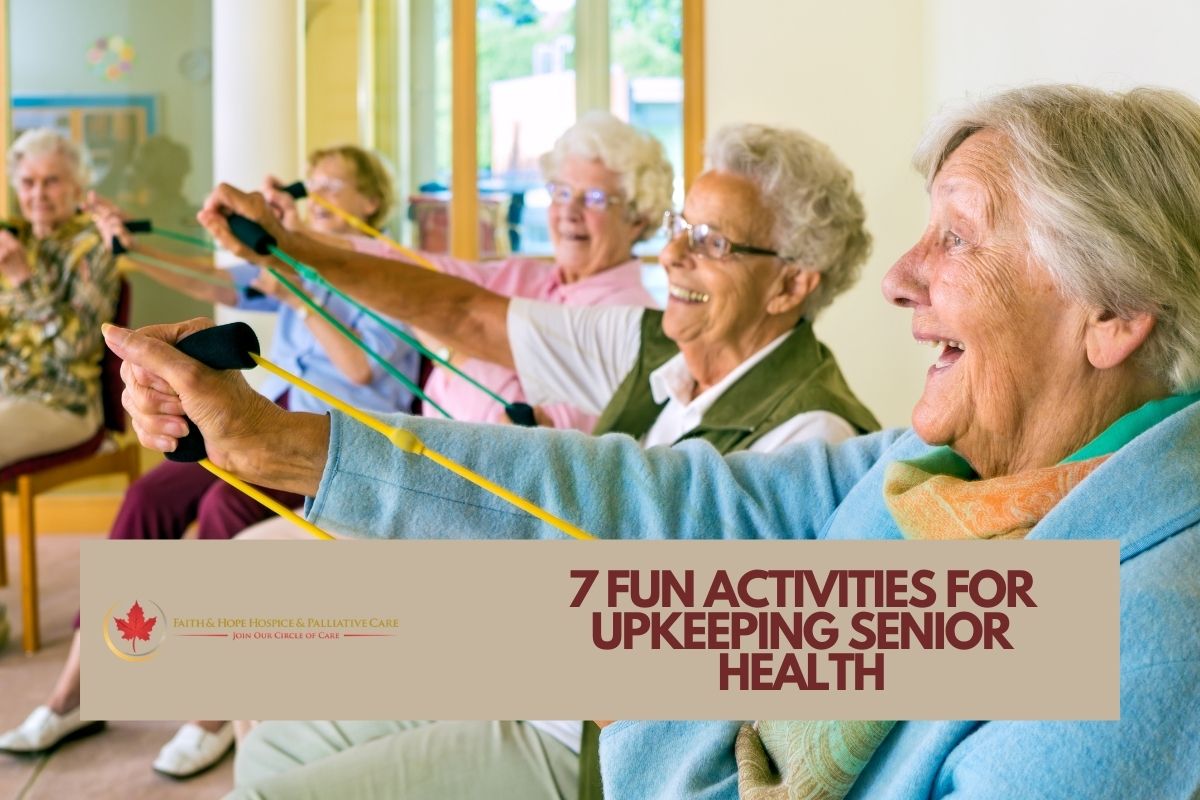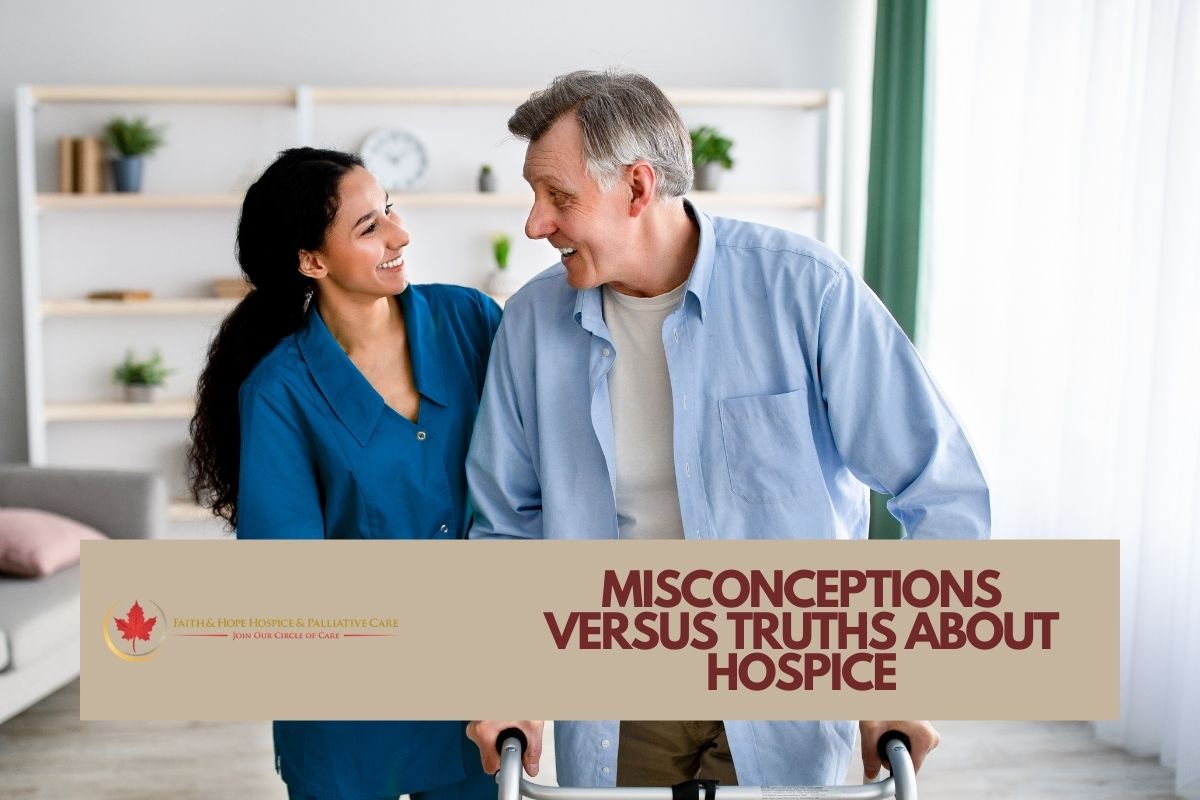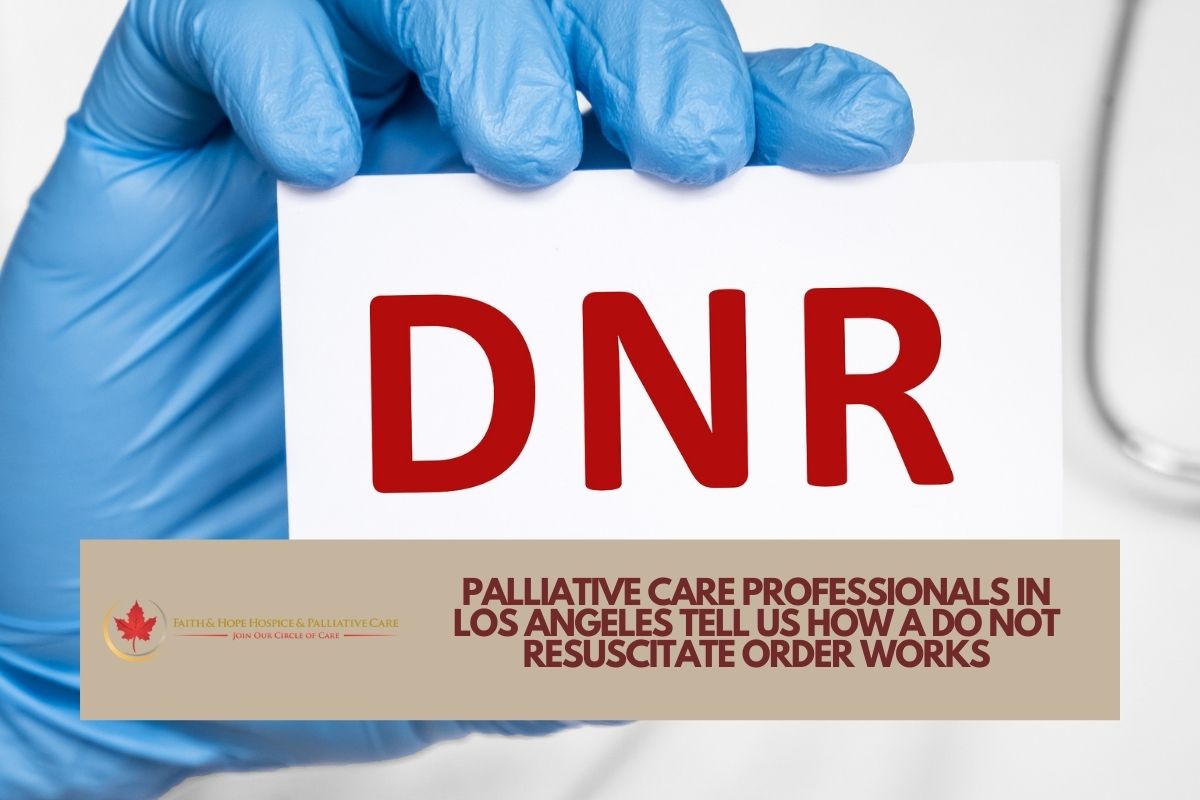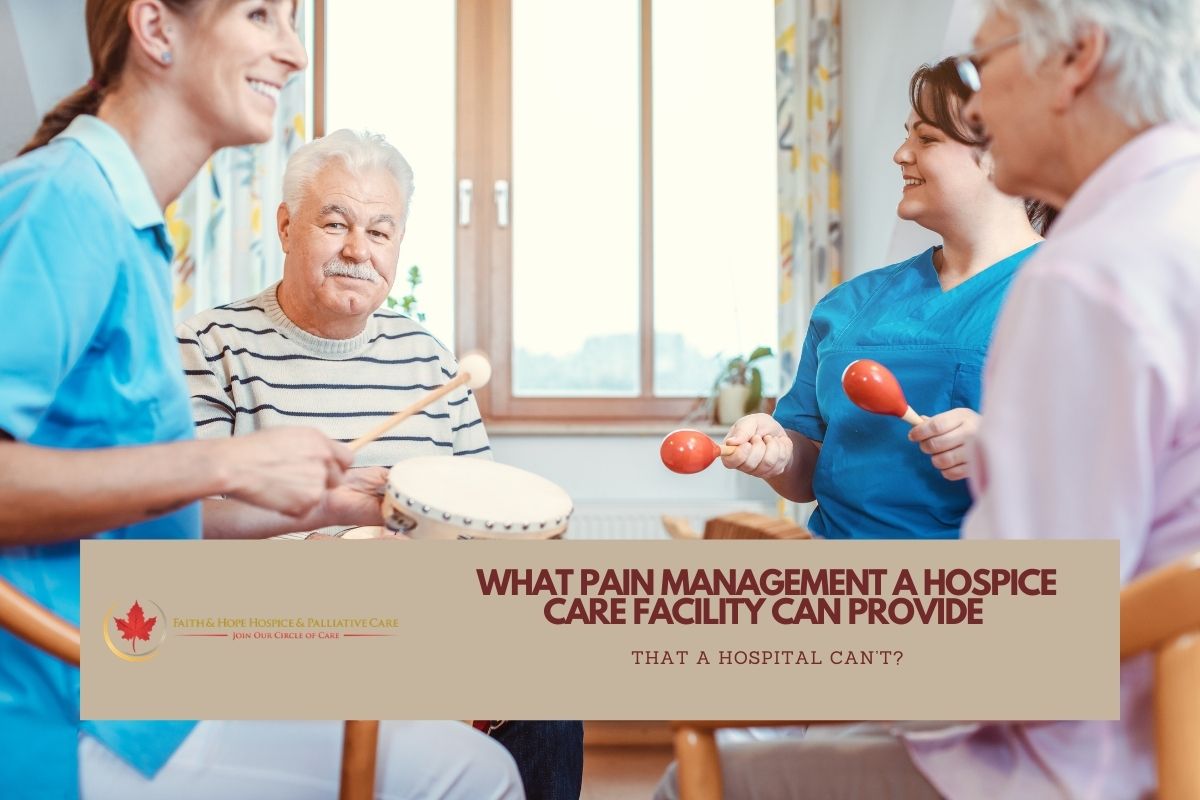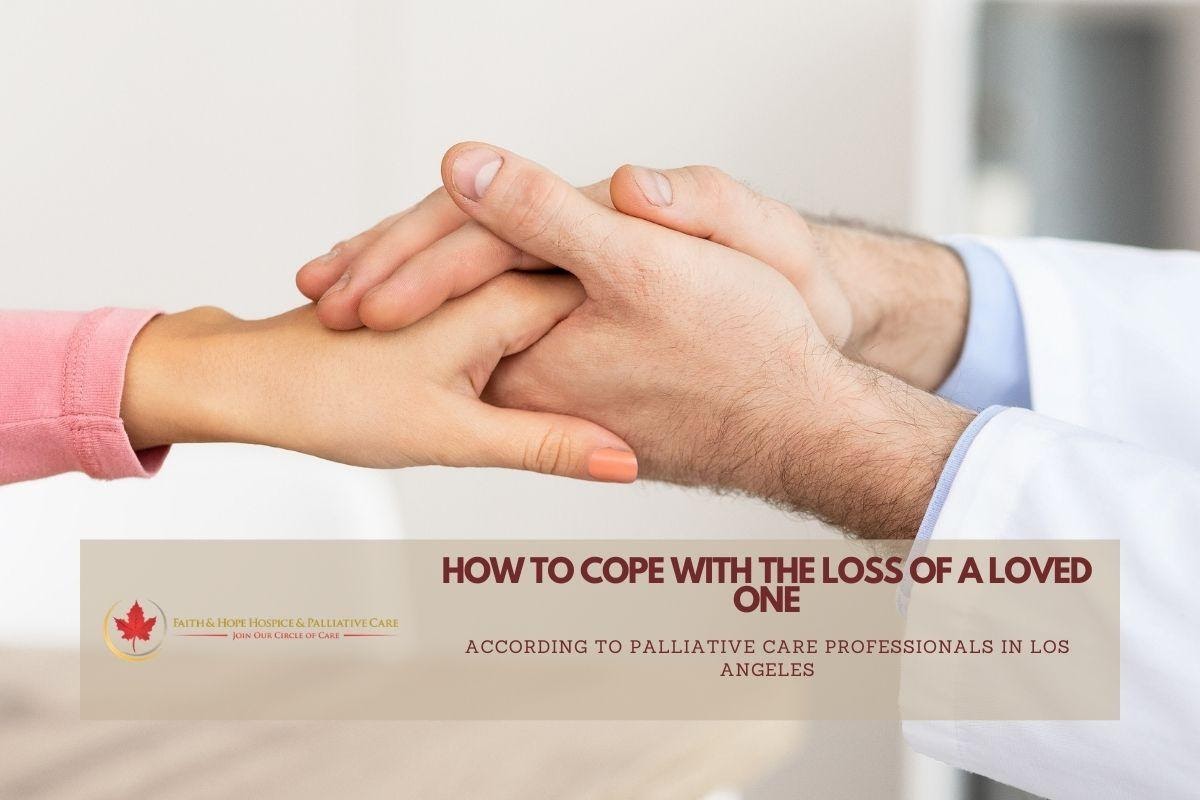- By: administrator
- Blog
- No Comments
Learn More About the Advanced Breast Cancer Treatments
A significant number of people are aware that cancer is a leading cause of death. As a matter of fact, the palliative care staff in Los Angeles claim that cancer is responsible for 10 million deaths around the globe per year. However, not many people know that cancer can hide itself, sending messages to the
- By: administrator
- Blog
- No Comments
How to Treat Skin Tears
At hospice care in Burbank Ca, the comfort and care preferences of patients are our top priority. From beginning to end of a patient’s hospice care in our Los Angeles and Burbank facility, bodily wounds can happen as terminal illness advances. If wounds are left untreated or are not properly cared for, they harm the
- By: administrator
- Blog
- No Comments
The Hospice And Palliative Care Given To Patients With Breast Cancer
When a person finds out that they have breast cancer, it is frightening and disheartening for the person affecting them and their family. It seems like without warning you are told that you must have chemotherapy, surgery, or radiation. Also, the palliative care team of Faith and Hope in Los Angeles recommends that you make
- By: administrator
- Blog
- No Comments
7 Fun Activities For Upkeeping Senior Health
Being active is very important for our overall health. Daily exercise is important, as it provides various benefits for both the body and mind. However, some people are inclined to think that an active lifestyle can be risky for seniors. While it’s true that older individuals often have limited mobility and joint pain, there are
- By: administrator
- Blog
- No Comments
Misconceptions Versus Truths About Hospice in Los Angeles, CA
When it comes to hospice care, there’s a great deal of conflicting information about what is actually fact and fiction, which can lead to a source of trepidation for people who are considering the option for themselves or their loved ones. In order to instill confidence in this option, let’s go over some facts about
- By: administrator
- Blog
- No Comments
What Are The Three Stages Of Dying?
For most people at hospice care in Burbank, Ca, death is so foreign and an obscure process. Many times, terminally-ill patients and their caregivers think about what they should expect during this stage and how to make this time more comfortable. Having a clear understanding of what happens during this process can assist everyone involved
- By: administrator
- Blog
- No Comments
Palliative Care Professionals Tell Us How A Do Not Resuscitate Order Works
The palliative care professionals in Los Angeles believe that advanced care planning lets people decide how medical treatment will be carried out if they are in an emergency situation or can’t express their care preferences because they are incapacitated. An advanced directive is usually drafted to outline who a person trusts to be in charge
- By: administrator
- Blog
- No Comments
What Pain Management Hospice Care Can Provide That A Hospital Can’t?
Patients who are suffering from a terminal illness often experience significant pain. Although this is thought to be a normal part of the disease process, there is no need for patients to suffer. Fortunately, modern medicine and healthcare has a stretch of effective pain relief options that can allow individuals who are getting closer to
- By: administrator
- Blog
- No Comments
How To Cope With The Loss Of A Loved One According To Palliative Care Professionals In Los Angeles
Professionals at palliative care centers in Los Angeles are truly aware that when we love someone we love, it is always going to be difficult, whether it is a positive or negative relationship or even if you know it is on the way because your loved one has a terminal illness. Regardless of the fact
- By: administrator
- Blog
- No Comments
Pain Management Options in Hospice Care in Burbank CA
In order to qualify for hospice care in Burbank CA, a patient must be diagnosed with six months or less to live, given their current illness. At this stage in their journey, they are likely experiencing many painful and uncomfortable symptoms. Advanced stages of any disease can wear down even the strongest person. So, how




